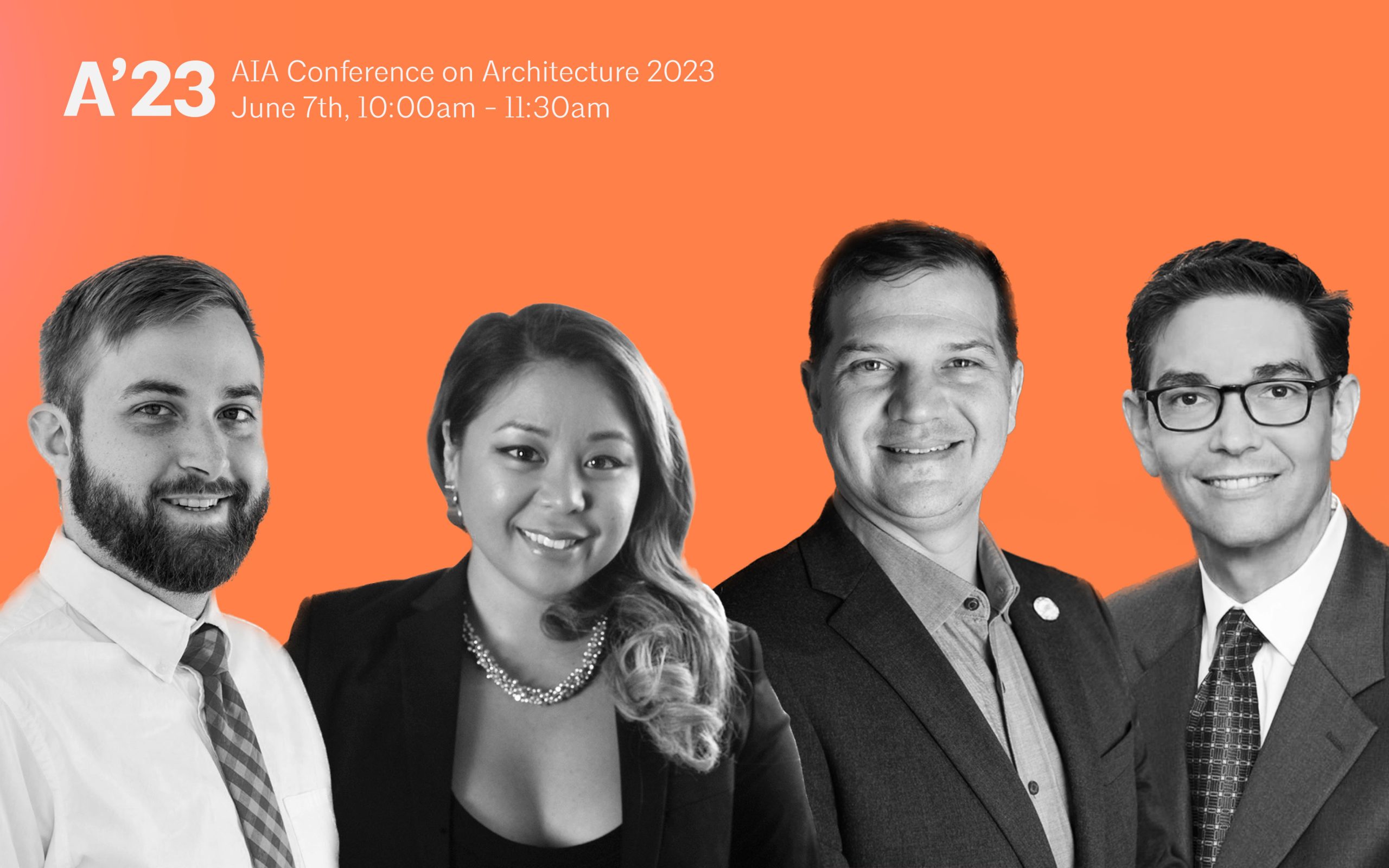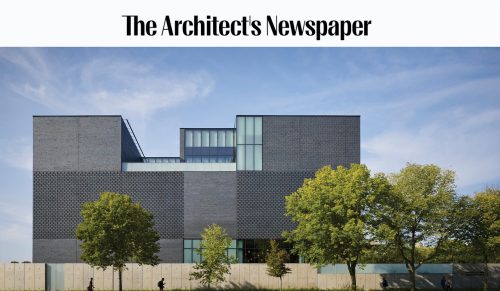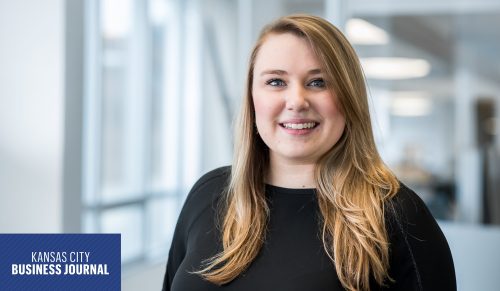Spotlight

A’23 Conference on Architecture features BNIM Panel on Equitable Housing
Equitable, Healthy, & Sustainable Synergies to Address the Housing Crisis
Good design should benefit all. The housing problem has been a long-standing crisis both at the state and national level. California is ranked as the third most expensive state to live, with housing prices twice that of the national average and an average California resident paying over 53% of their monthly income to housing in recent years. [1] It is often our most vulnerable populations, including individuals and families with low incomes, older adults, and veterans, who are most at-risk and deeply impacted by this lack of affordable housing. How are we contributing to designing housing solutions that provide equitable, inclusive, safe, and healthy homes for these community members?
This session will provide implementable strategies to achieve affordable and impactful design solutions through which design professionals can help solve a small piece of a larger puzzle for affordable housing. Moderator Jamie Intervalo and panelists James Baker, Jeremy Knoll, and Peter Armstrong will explore a case study highlighting recent affordable housing projects in San Diego that create accessible, inclusive, and sustainable housing solutions for individuals earning 30-60% of median income and formerly unhoused older adults and veterans. Attendees of this session will learn about the impact of collaborations with local partners and organizations that provide affordable housing; implementing the ‘Housing First’ model; achieving state sustainability goals to support housing affordability/cost efficiency; and designing inclusive, trauma-informed, and safe environments for residents.
Learning Objectives
1. Implement strategies to help develop affordable housing projects and neighborhoods that foster community while addressing sustainability and resiliency.
2. Apply the Housing First model for reducing chronic homelessness.
3. Identify synergistic, sustainable solutions that not only enhance building performance and meet the AIA Framework for Design Excellence but align with state sustainability goals and support funding opportunities.
4. Apply trauma-informed and inclusive design strategies to create supportive living environments for residents’ safety, health, and overall well-being.
Date / Time / Location
Wednesday, June 7, 10:00 a.m. — 11:30 a.m. | San Franscisco, CA
Moderator
Jamie Intervalo, AIA, LEED AP BD+C, Pacific Studio Director – BNIM
Panelists
James Baker, Associate – BNIM
Jeremy Knoll, LEED FELLOW, AIA, SEED, ECODISTRICTS AP, Director of Sustainability and Regenerative Design – BNIM
Peter Armstrong, Vice President of Real Estate Development – Wakeland Housing and Development Corporation
Link to A’23 Conference on Architecture

